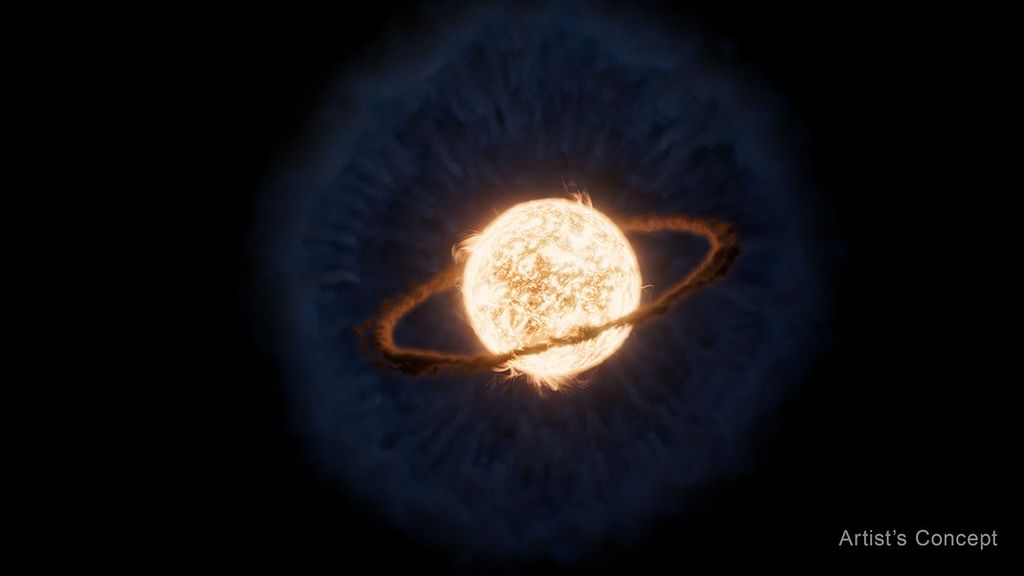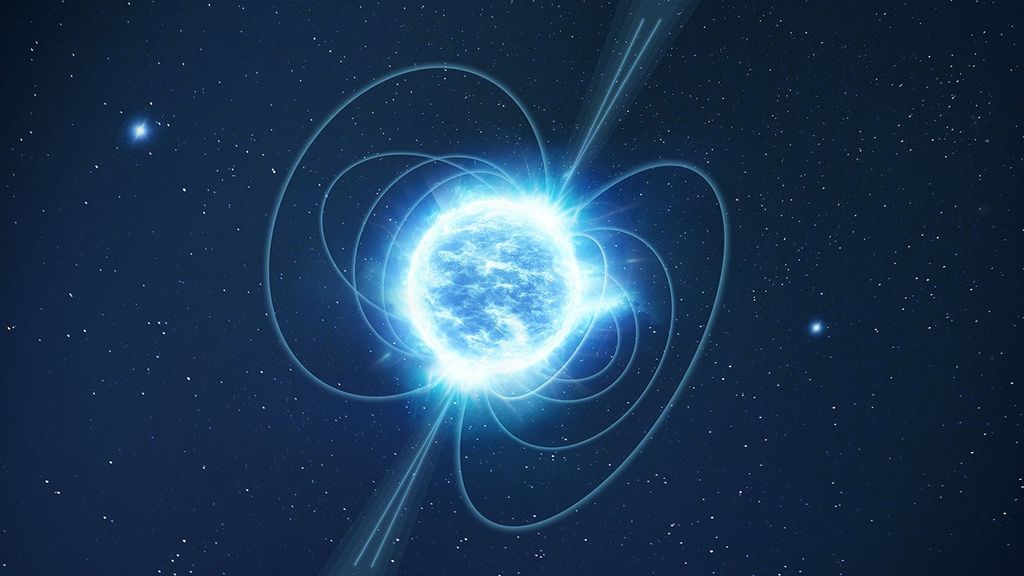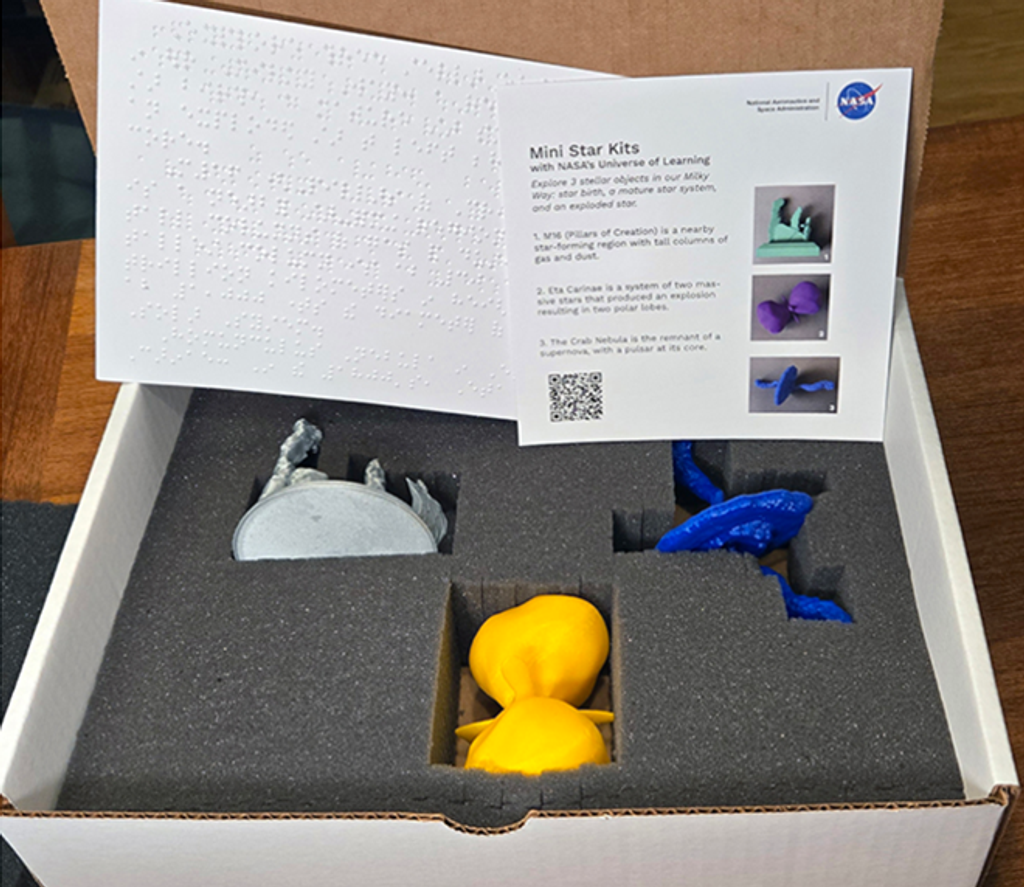
Ice-blue clouds are drifting high above the Arctic, which means the Northern Hemisphere’s noctilucent cloud season is here.
NASA’s Aeronomy of Ice in the Mesosphere spacecraft — AIM for short — first spotted wisps of these noctilucent, or night-shining, clouds over the Arctic on May 17. In the week that followed, the ghost-like wisps grew into a blur, quickly filling more of the Arctic sky. This is the second-earliest start of the northern season yet observed, and the season is expected to run through mid-August.
The seasonal clouds hover high above the ground, about 50 miles overhead in a layer of the atmosphere called the mesosphere. Most meteors burn up when they reach the mesosphere; there are enough gases there to slough plummeting meteors into nothing more than dust and smoke. Noctilucent clouds form when water molecules congregate around the fine dust and freeze, forming ice crystals. The icy clouds, reflecting sunlight, shine bright blue and white. They first appear in summer — around mid-May in the Northern Hemisphere and mid-November in the Southern — when the mesosphere is most humid, with the season’s heat lofting moisture up to the sky.
“Every year, twice a year, the start of the season is a big event for us,” said Jim Russell, AIM principal investigator at Hampton University in Virginia. “The reason we’re excited is we’re trying to find out what the causes of the season’s starting are and what does it really mean with regard to the larger picture in the atmosphere.”
Also known as polar mesospheric clouds (because they tend to huddle around Earth’s poles), these clouds help scientists better understand the mesosphere and how it’s connected to the rest of the atmosphere, weather and climate.
Scientists are eager to see what this Arctic season brings. For the most part, the brilliant clouds usually cling to the polar regions. But sometimes, they stray south. Last year, they were spotted as far south as southern California and Oklahoma — lower latitudes than have ever been seen before, Russell said. The new season is another chance to better understand the fleeting clouds and their possible migration south. Some evidence indicates this could be the result of changing atmospheric conditions.
“With every year, we get new data to help us put together a picture of the atmosphere,” Russell said.
Launched in 2007, AIM is a NASA-funded mission managed by NASA’s Goddard Space Flight Center in Greenbelt, Maryland. The mission is led by the AIM principal investigator from the Center for Atmospheric Sciences at Hampton University.
By Lina Tran
NASA’s Goddard Space Flight Center, Greenbelt, Md.




























